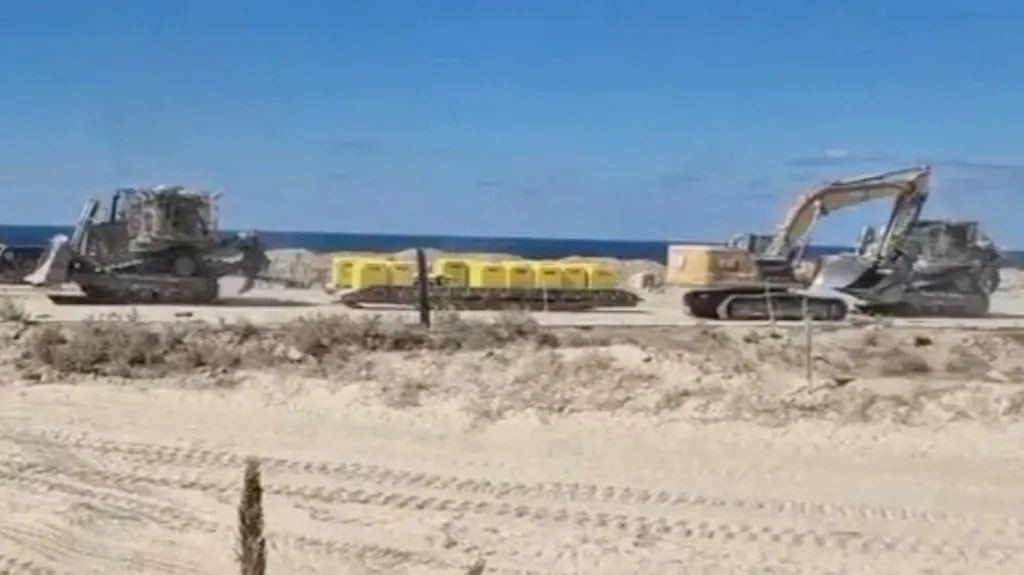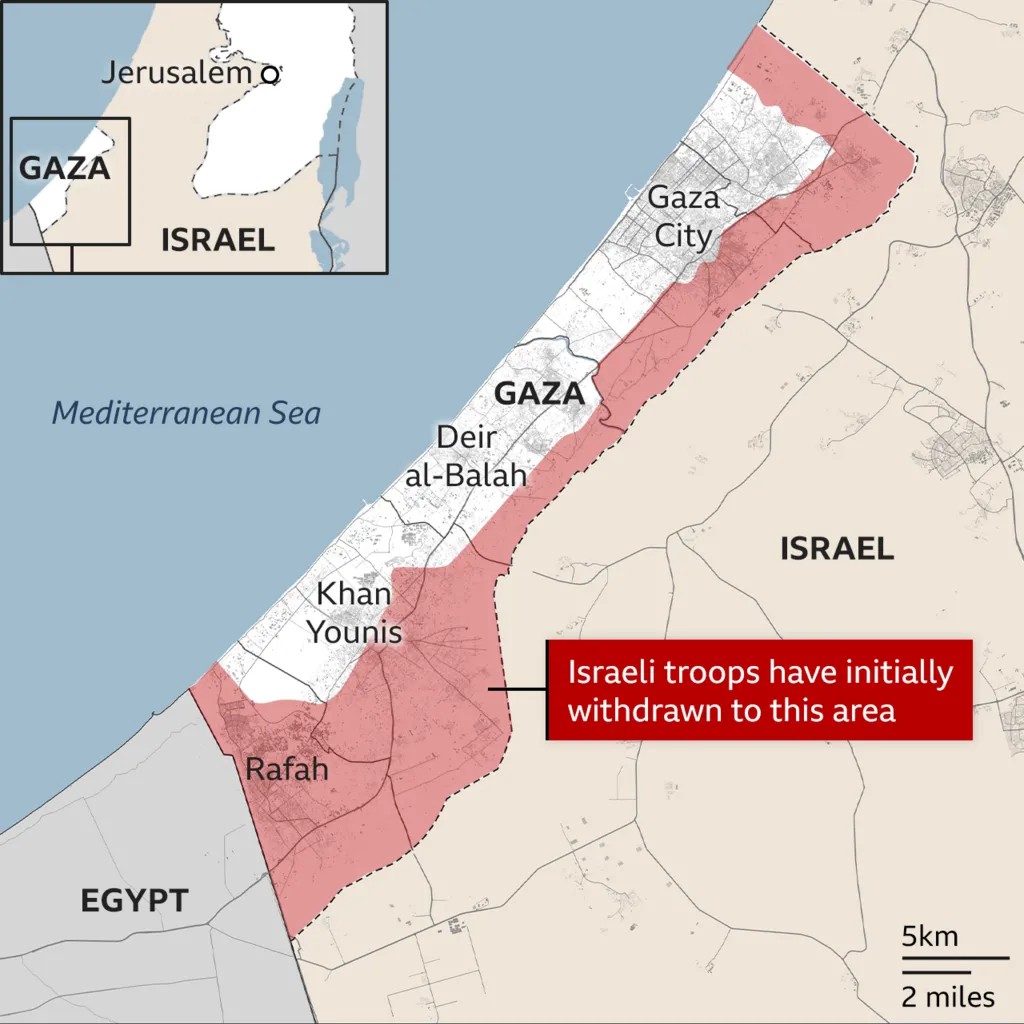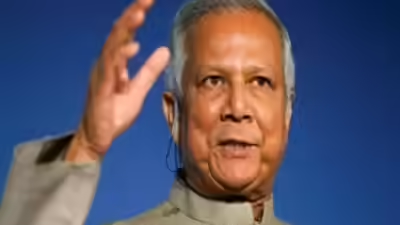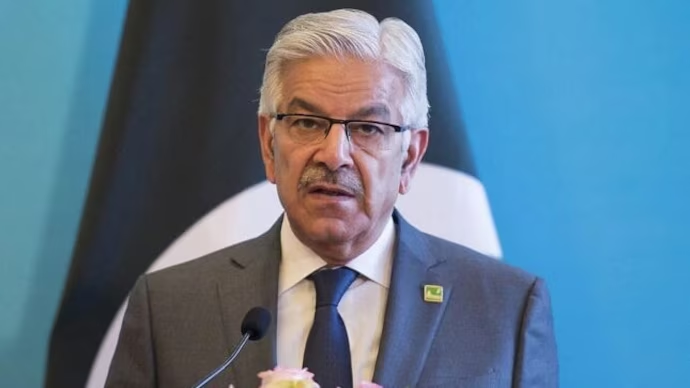
The Israeli military has begun marking the withdrawal line in Gaza with yellow blocks, under what is described as the first of three stages of Donald Trump’s peace plan. The so-called “yellow line,” to which Israel pulled back earlier this month, leaves the country in control of about 53% of the Gaza Strip. Israeli media has described this boundary as “effectively the new border,” a move welcomed by far-right coalition partners of Prime Minister Benjamin Netanyahu.
Fortifications and demarcations are being built along the yellow line to clearly divide the territory, though they may also help Netanyahu manage the differing expectations of Washington and domestic allies. The temporary boundary represents the first step, while further withdrawals depend on resolving difficult issues tied to the second stage of Trump’s plan, including transferring power in Gaza and disarming Hamas.
US Vice-President JD Vance visited Israel to encourage Netanyahu to advance peace negotiations, and Trump’s team, including Steve Witkoff and Jared Kushner, met with the Israeli prime minister earlier. Israeli media report that Washington has sent a clear message to Netanyahu to exercise restraint to maintain the ceasefire.
When Hamas violated the truce on Sunday by killing two Israeli soldiers, Netanyahu’s far-right National Security Minister called for “War.” Israel responded with brief, intense air strikes before reinstating the ceasefire, emphasizing that the incidents occurred within the yellow line, signaling to Washington that Israel had not violated the agreement.

Netanyahu has repeatedly stated that the war will not end until Hamas is dismantled, with the disarmament of the group and full demilitarization of Gaza among his conditions. Commentators note that key military decisions are now effectively influenced by Washington, while coalition partners await the next stage of negotiations.
Hardline Israeli settlers and ministers hope that difficulties in implementing stage two will make the yellow line the de facto border, potentially opening the door to new settlements on Gaza land. Some extremists envision annexing the entire Gaza Strip.
ALSO READ: Trump considers major tariff hike on China
The majority of Israelis, however, prioritize ending the war and securing the return of hostages and serving soldiers. Netanyahu has emphasized that violations by Hamas would justify a return to war, stating, “If this is achieved the easy way, so much the better. If not, it will be achieved the hard way.” Donald Trump has echoed similar sentiments, though Washington has tolerated delays and violations on the ground, limiting Netanyahu’s political maneuverability.
By agreeing to the first stage, Israel withdrew to positions controlling more than half of Gaza and secured a ceasefire to facilitate the return of hostages. Moving forward, balancing the goals of US and domestic allies is expected to become increasingly complex.




